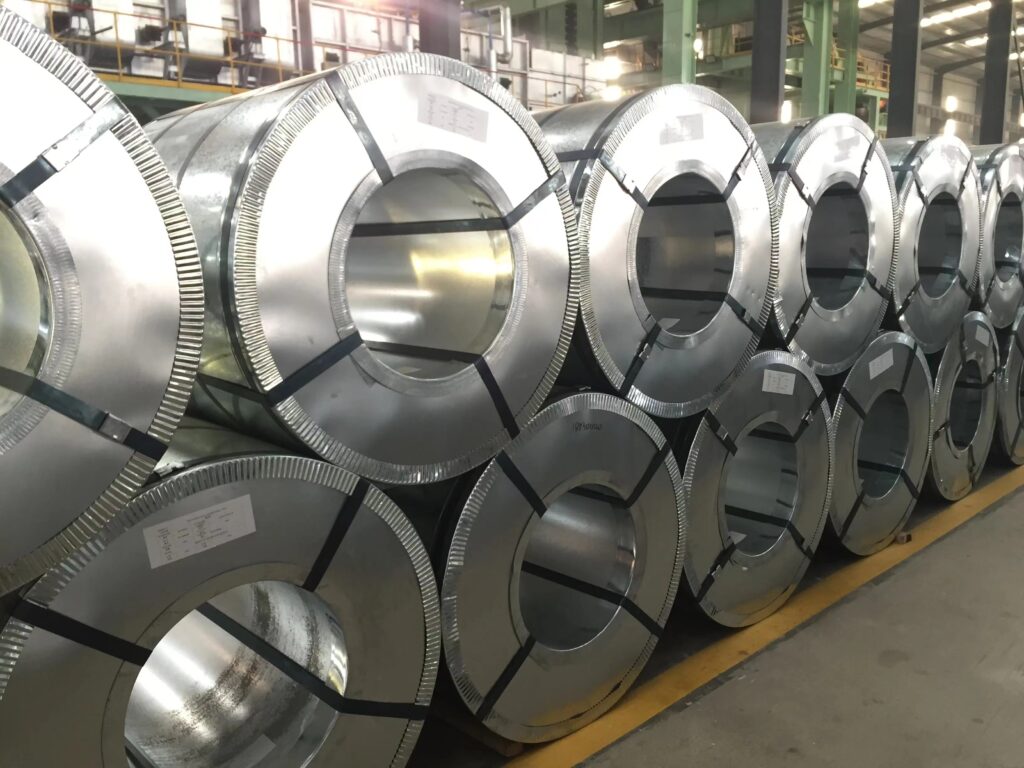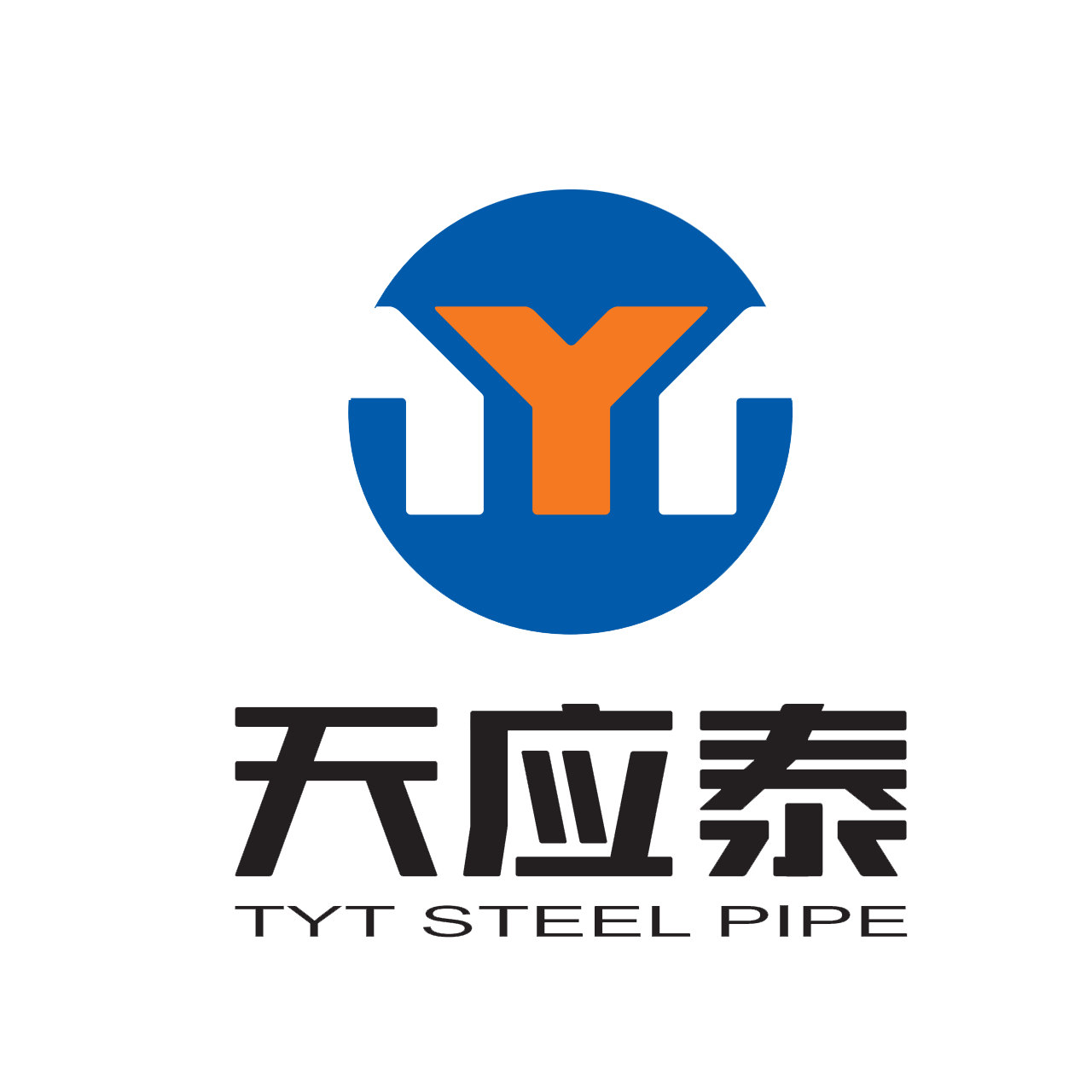Steel is a commonly used material in the construction and manufacturing industries due to its strength, durability, and affordability. To understand the characteristics and properties of steel, it is necessary to understand some important terms, such as yield point, yield strength, tensile strength, elongation, and hardness.
Yield point( σ S) It refers to the minimum force that causes a material to begin plastic deformation under pressure, that is, when the stress is greater than the elastic limit. This is where the material begins to undergo permanent deformation.

Yield strength (σ 0.2) is the stress value at which the material starts to deform plastically under tensile load. It is usually measured by the stress value at 0.2% offset from the linear elastic region of the stress-strain curve.
Tensile strength( σ b) The maximum force that a material bears during the stretching process from the beginning of fracture to the moment of fracture. It represents the ability of steel to resist fracture. Corresponding to tensile strength are compressive strength, bending strength, etc.
Elongation (δS) is defined as the percentage increase in the original length of a material before it reaches the point of rupture under tensile load.

Yield strength ratio (σS/σb)
The ratio of the yield point (yield strength) of steel to its tensile strength is called the yield strength ratio. It is an important parameter for describing the ductility of materials. The higher the yield strength ratio, the higher the reliability of structural components.
Hardness is a measure of a material’s resistance to indentation, scratches, or deformation under load. There are several ways to measure steel: Brinell hardness (HB), Rockwell hardness (HR), or Vickers hardness (HV)
Brinell hardness (HB) is determined by pressing a steel ball (usually 10mm in diameter)of a specific diameter into the surface of the material (This force is usually 300kg)After unloading, the ratio of the load to the depth of the obtained indentation is the Brinell hardness value (HB).

Rockwell hardness (HR) is determined by pressing a cone-shaped diamond into the material, measuring the penetration depth, and converting the value to HRB or HRC.
HB>450 indicates that the material is very hard, so Rockwell hardness measurement method should be used instead of Brinell hardness test, such as hard alloy. HRA is used to measure the hardness of materials with hardness higher than HRB but lower than HRC.
In short, steel is a versatile and high-performance material, with its presence spread throughout the world. Its mechanical properties, such as yield point, yield strength, tensile strength and elongation, as well as hardness, determine its functionality, effectiveness, and durability in different applications. Therefore, only by understanding the characteristics of these materials can they be better used

